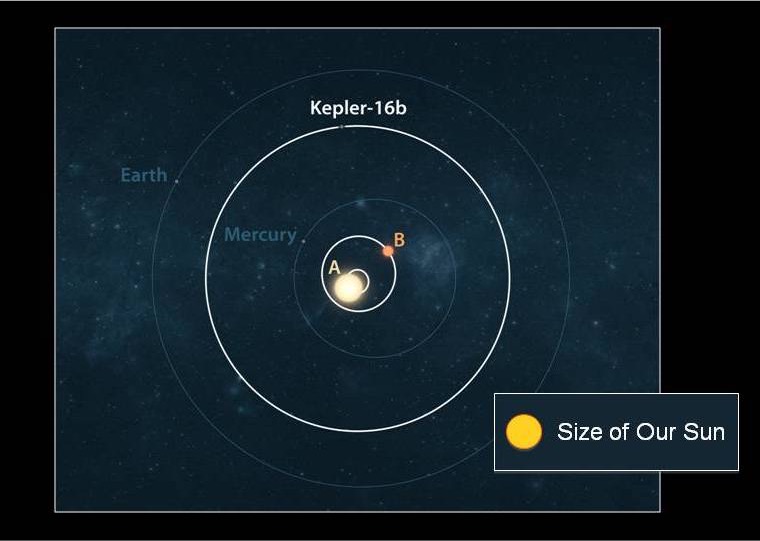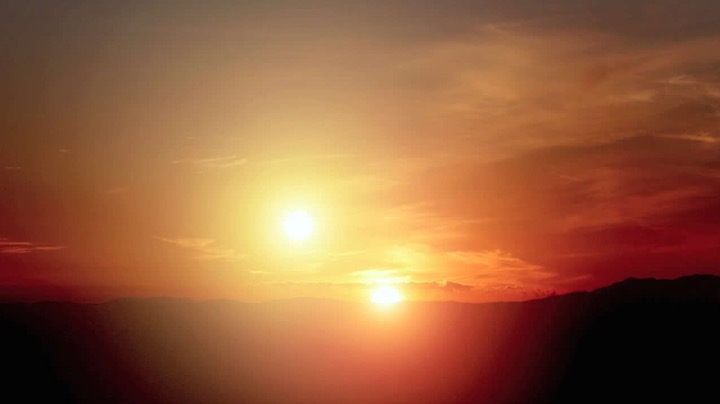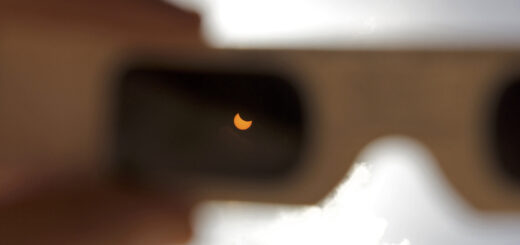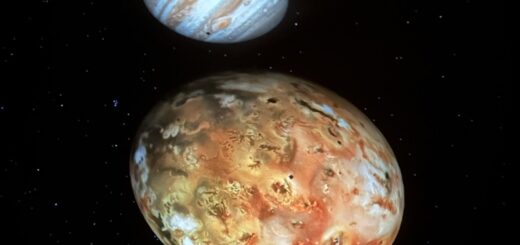The Twin Suns of Tatooine
On this May the 4th, I am feeling nostalgic for seeing Star Wars for the first time. How the Star Destroyer was the largest thing I’d ever seen. How terrifying Darth Vader was. And how I was instantly transported to a galaxy far, far away at the sight of the twin suns of the planet Tatooine.

FICTION
In the Star Wars universe, Tatooine is the first planet of the Tatoo binary star system. Because of its closeness to the two stars it orbits, the planet is depicted as covered in desert. Our hero, Luke Skywalker, grows up on moisture farm, harvesting water from the world’s arid atmosphere. Tatooine has three moons, two of which are seen in the opening sequence of the movie, and its stars have been established to be G-type stars, the same spectral type as our Sun. What does that mean? Those stars would have the same approximate mass, luminosity, and temperature as our own Sun.
With John Williams’ soundtrack emphasizing Luke’s yearning to be anywhere but Tatooine, I couldn’t help but want to be there in his place. I wanted to see twin suns set along the horizon. I needed to know if Tatooine could exist.
FACT
When Star Wars was released in 1977, we had not discovered any exoplanets, planets that orbit stars other than our Sun. Today, we know of more than 5000 exoplanets! Our understanding of star formation and observations of stellar systems demonstrate that binary star systems are common. It was only a matter of time until we discovered the first planet orbiting two stars.

The planet known as Kepler 16-b was discovered in 2011 using data from the Kepler Space Telescope. This system is located about 250 light-years away in the constellation Cygnus. The image above shows the planet and its orbit around two stars superimposed over the scale of our own solar system. It is really close to its stars, with its orbit being like that of Venus in our own solar system. Both stars are smaller and cooler than our own Sun, meaning that the planet is not as hot as you would expect. An artist’s representation shows what those stars might look like from the planet:

The similarity to the twin suns of Tatooine is striking! In fact, the artist was probably influenced by Star Wars, and media coverage certainly was, with many headlines proclaiming “Tatooine Discovered!”
Alas, that was not the case. Kepler-16b is much larger than the Earth, closer to the mass of Saturn, and it is not Earth-like. Instead, it is gaseous world, with a thick atmosphere surrounding a large, solid core. We would consider it to be a Jovian (Jupiter-like) planet if it existed in our own solar system. So, there isn’t a place for a young, wistful farmer to watch the suns set on Kepler-16b.
FUTURE
The known exoplanets that orbit binary stars are not what we would call “habitable planets,” defined as planets that can sustain life for a significant period of time based on our understanding of life in our solar system. But that does not mean they cannot exist! Recent research has shown that planets in binary systems can have orbits stable for at least a billion years, meaning there would be time for life to evolve. Stars tend to form in clusters, and binary systems are common. Statistical studies estimate a possible 100 billion planets in our Milky Way galaxy, and there are billions of galaxies in the universe.
Another possibility is that we may find a Tatooine out there as a moon of one of these gaseous exoplanets. We’ve already seen habitable moons in Star Wars (Yavin 4, for example). Maybe we’ll find one in our own galaxy. Tatooine is out there. We just haven’t found it yet.
If you’re interested in learning more about star formation, check out this beautiful star forming region.



